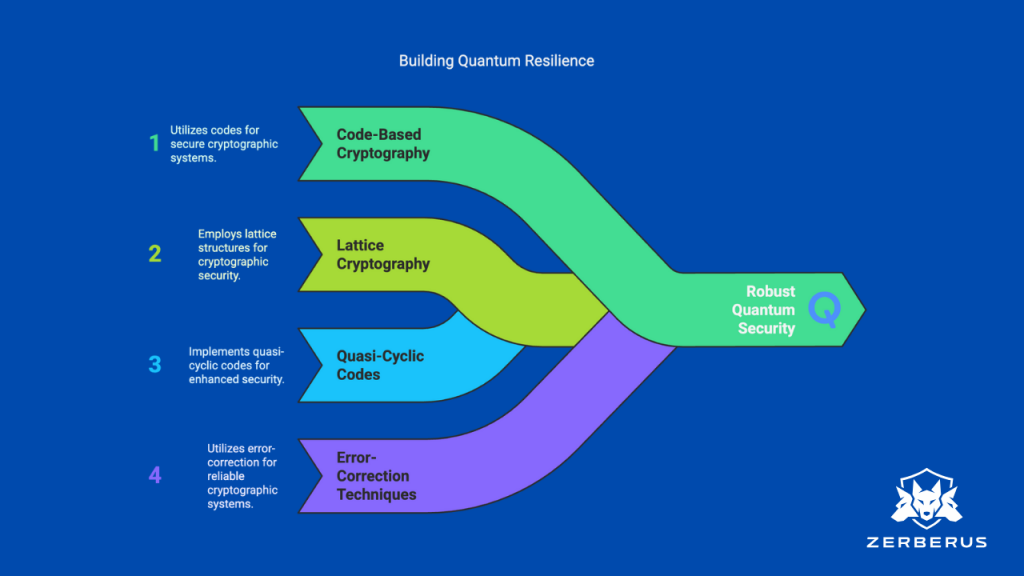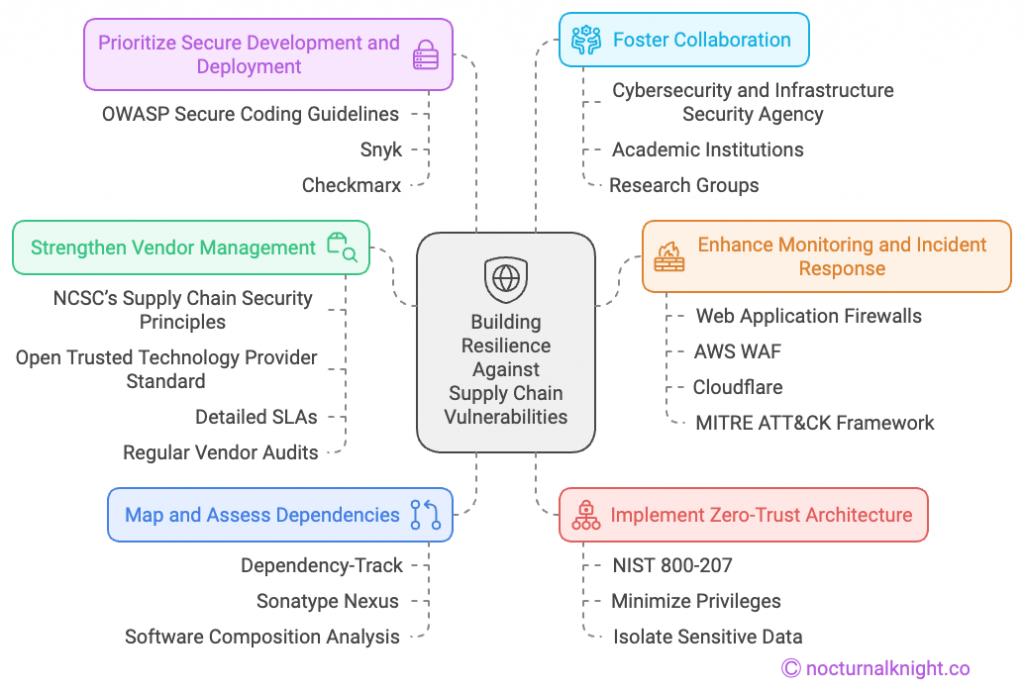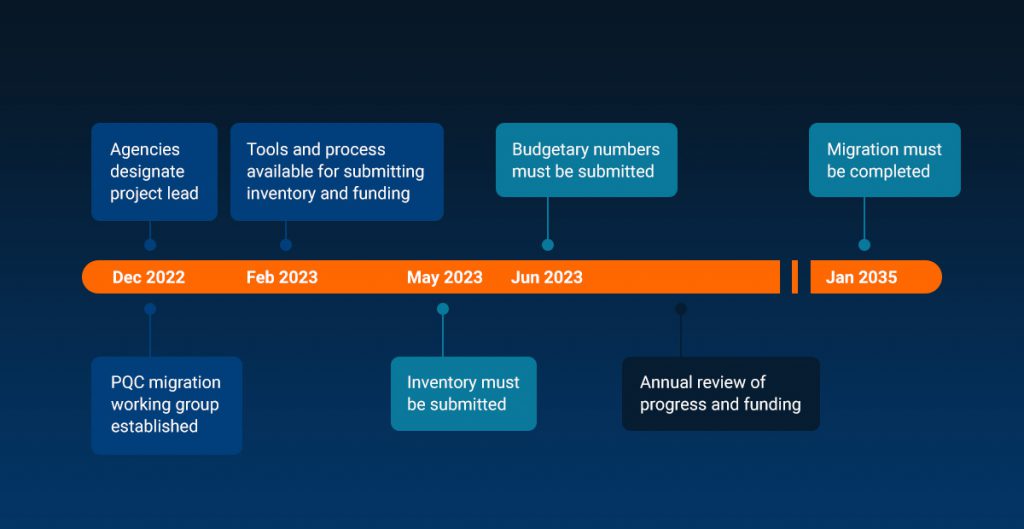InfoSec’s Big Problem: Too Much Hope in One Cyber Database
The Myth of a Single Cyber Superpower: Why Global Infosec Can’t Rely on One Nation’s Database
What the collapse of MITRE’s CVE funding reveals about fragility, sovereignty, and the silent geopolitics of vulnerability management

I. The Day the Coordination Engine Stalled
On April 16, 2025, MITRE’s CVE program—arguably the most critical coordination layer in global vulnerability management—lost its federal funding.
There was no press conference, no coordinated transition plan, no handover to an international body. Just a memo, and silence. As someone who’s worked in information security for two decades, I should have been surprised. I wasn’t. We’ve long been building on foundations we neither control nor fully understand.The CVE database isn’t just a spreadsheet of flaws. It is the lingua franca of cybersecurity. Without it, our systems don’t just become more vulnerable—they become incomparable.
II. From Backbone to Bottleneck
Since 1999, CVEs have given us a consistent, vendor-neutral way to identify and communicate about software vulnerabilities. Nearly every scanner, SBOM generator, security bulletin, bug bounty program, and regulatory framework references CVE IDs. The system enables prioritisation, automation, and coordinated disclosure.
But what happens when that language goes silent?
“We are flying blind in a threat-rich environment.”
— Jen Easterly, former Director of CISA (2025)
That threat blindness is not hypothetical. The National Vulnerability Database (NVD)—which depends on MITRE for CVE enumeration—has a backlog exceeding 10,000 unanalysed vulnerabilities. Some tools have begun timing out or flagging stale data. Security orchestration systems misclassify vulnerabilities or ignore them entirely because the CVE ID was never issued.
This is not a minor workflow inconvenience. It’s a collapse in shared context, and it hits software supply chains the hardest.
III. Three Moves That Signalled Systemic Retreat
While many are treating the CVE shutdown as an isolated budget cut, it is in fact the third move in a larger geopolitical shift:
- January 2025: The Cyber Safety Review Board (CSRB) was disbanded—eliminating the U.S.’s central post-incident review mechanism.
- March 2025: Offensive cyber operations against Russia were paused by the U.S. Department of Defense, halting active containment of APTs like Fancy Bear and Gamaredon.
- April 2025: MITRE’s CVE funding expired—effectively unplugging the vulnerability coordination layer trusted worldwide.
This is not a partisan critique. These decisions were made under a democratically elected government. But their global consequences are disproportionate. And this is the crux of the issue: when the world depends on a single nation for its digital immune system, even routine political shifts create existential risks.
IV. Global Dependency and the Quiet Cost of Centralisation
MITRE’s CVE system was always open, but never shared. It was funded domestically, operated unilaterally, and yet adopted globally.
That arrangement worked well—until it didn’t.
There is a word for this in international relations: asymmetry. In tech, we often call it technical debt. Whatever we name it, the result is the same: everyone built around a single point of failure they didn’t own or influence.
“Integrate various sources of threat intelligence in addition to the various software vulnerability/weakness databases.”
— NSA, 2024
Even the NSA warned us not to over-index on CVE. But across industry, CVE/NVD remains hardcoded into compliance standards, vendor SLAs, and procurement language.
And as of this month, it’s… gone!
V. What Europe Sees That We Don’t Talk About
While the U.S. quietly pulled back, the European Union has been doing the opposite. Its Cyber Resilience Act (CRA) mandates that software vendors operating in the EU must maintain secure development practices, provide SBOMs, and handle vulnerability disclosures with rigour.
Unlike CVE, the CRA assumes no single vulnerability database will dominate. It emphasises process over platform, and mandates that organisations demonstrate control, not dependency.
This distinction matters.
If the CVE system was the shared fire alarm, the CRA is a fire drill—with decentralised protocols that work even if the main siren fails.
Europe, for all its bureaucratic delays, may have been right all along: resilience requires plurality.
VI. Lessons for the Infosec Community
At Zerberus, we anticipated this fracture. That’s why our ZSBOM™ platform was designed to pull vulnerability intelligence from multiple sources, including:
- MITRE CVE/NVD (when available)
- Google OSV
- GitHub Security Advisories
- Snyk and Sonatype databases
- Internal threat feeds
This is not a plug; it’s a plea. Whether you use Zerberus or not, stop building your supply chain security around a single feed. Your tools, your teams, and your customers deserve more than monoculture.
VII. The Superpower Paradox
Here’s the uncomfortable truth:
When you’re the sole superpower, you don’t get to take a break.
The U.S. built the digital infrastructure the world relies on. CVE. DNS. NIST. Even the major cloud providers. But global dependency without shared governance leads to fragility.
And fragility, in cyberspace, gets exploited.
We must stop pretending that open-source equals open-governance, that centralisation equals efficiency, or that U.S. stability is guaranteed. The MITRE shutdown is not the end—but it should be a beginning.
A beginning of a post-unipolar cybersecurity infrastructure, where responsibility is distributed, resilience is engineered, and no single actor—however well-intentioned—is asked to carry the weight of the digital world.
References
- Gatlan, S. (2025) ‘MITRE warns that funding for critical CVE program expires today’, BleepingComputer, 16 April. Available at: https://www.bleepingcomputer.com/news/security/mitre-warns-that-funding-for-critical-cve-program-expires-today/ (Accessed: 16 April 2025).
- Easterly, J. (2025) ‘Statement on CVE defunding’, Vocal Media, 15 April. Available at: https://vocal.media/theSwamp/jen-easterly-on-cve-defunding (Accessed: 16 April 2025).
- National Institute of Standards and Technology (NIST) (2025) NVD Dashboard. Available at: https://nvd.nist.gov/general/nvd-dashboard (Accessed: 16 April 2025).
- The White House (2021) Executive Order on Improving the Nation’s Cybersecurity, 12 May. Available at: https://www.whitehouse.gov/briefing-room/presidential-actions/2021/05/12/executive-order-on-improving-the-nations-cybersecurity/ (Accessed: 16 April 2025).
- U.S. National Security Agency (2024) Mitigating Software Supply Chain Risks. Available at: https://media.defense.gov/2024/Jan/30/2003370047/-1/-1/0/CSA-Mitigating-Software-Supply-Chain-Risks-2024.pdf (Accessed: 16 April 2025).
- European Commission (2023) Proposal for a Regulation on Cyber Resilience Act. Available at: https://digital-strategy.ec.europa.eu/en/policies/cyber-resilience-act (Accessed: 16 April 2025).





